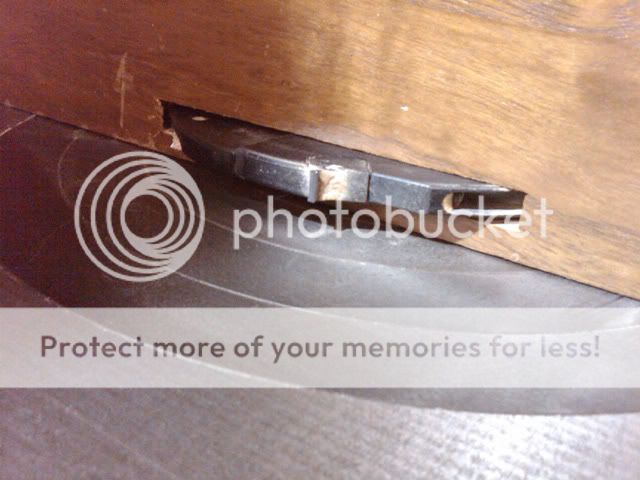Apologies for posting what might seem like a v basic question. I am currently undertaking to completely replace my upstairs floorboards with reclaimed oak strip t & g boards. Unfortunately alot of the ends are damaged and therefore Im looking to chop those off and re-do the t&g on those ends. A friend will lend me his router and table but having had a surf I cant see any router bits that would do the job. I should add that Ive never used a router before and so plse go easy on any technical info
The wood I have is 20mm thick. The top section before the tongue is 8mm then the tongue is 7mm thick, before the bottom section which is 5mm thick. Can anyone help re where I could but a router bit set that would accurately replicate this. It needs to be exactly those measurements so as to match the other existing sections.
Thanks v much for any help. If the rules dont allow posting a link to a co that would be able to help then a PM would be fantastic. Thanks guys
The wood I have is 20mm thick. The top section before the tongue is 8mm then the tongue is 7mm thick, before the bottom section which is 5mm thick. Can anyone help re where I could but a router bit set that would accurately replicate this. It needs to be exactly those measurements so as to match the other existing sections.
Thanks v much for any help. If the rules dont allow posting a link to a co that would be able to help then a PM would be fantastic. Thanks guys


































